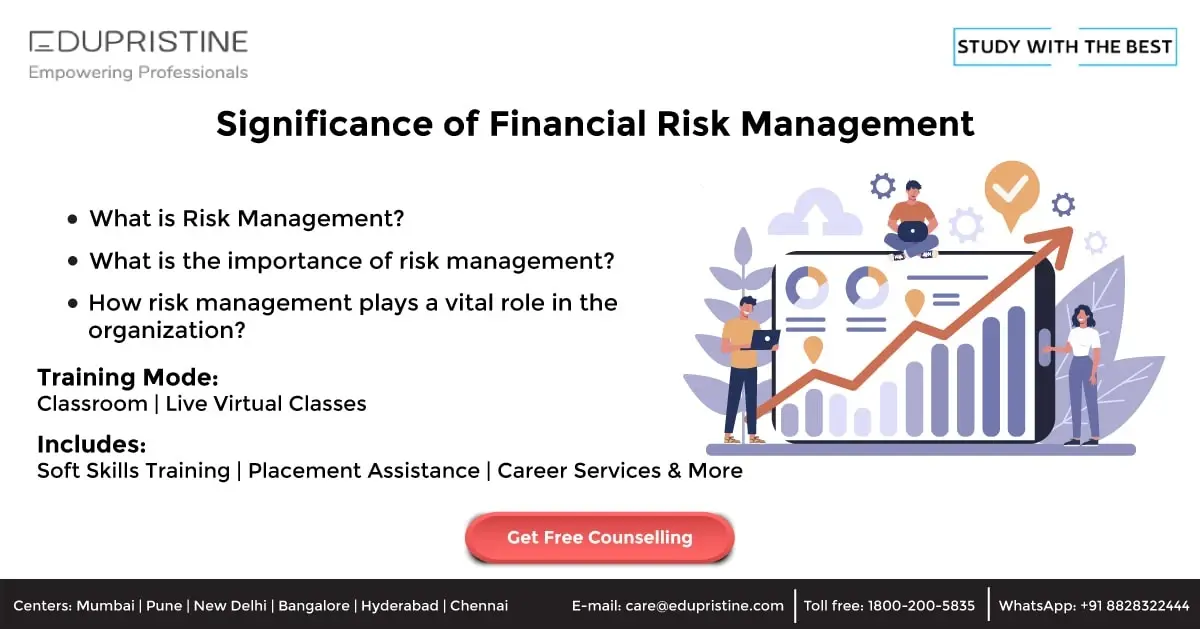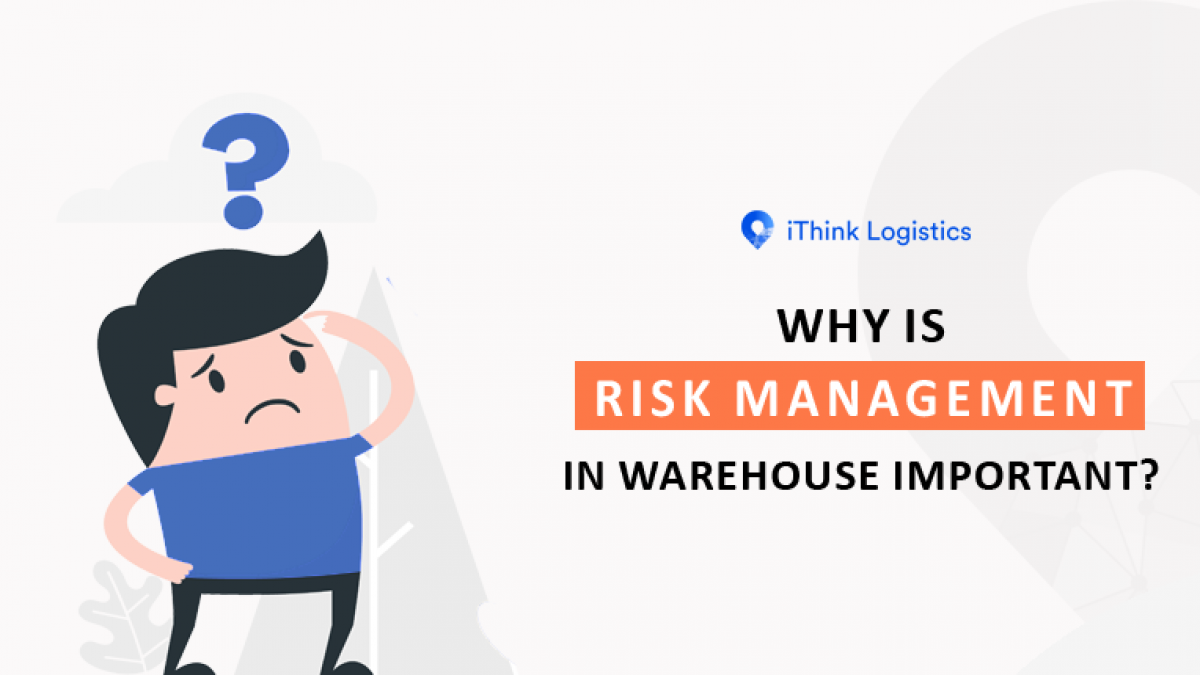How the Importance of Risk Management Shapes Powerful Leadership
How the Importance of Risk Management Shapes Powerful Leadership
Blog Article
Discovering the Relevance of Risk Management for Effective Decision-Making Methods
In the detailed globe of business, Risk Management becomes a critical factor in the decision-making process. The ability to determine potential dangers and chances, and strategize accordingly, can lead to the difference between success and failing. With tools such as SWOT and PESTEL, organizations are equipped to make enlightened selections, fostering strength and adaptability in an ever-changing setting. Wondering just how this functions? Let's unbox the dynamics better.
Understanding the Concept of Risk Management
Risk Management, a critical part in decision-making, is usually misunderstood or oversimplified. Usually, it describes the identification, examination, and prioritization of dangers to lessen, monitor, and regulate the chance or impact of unfortunate occasions. Nonetheless, it's not simply regarding preventing negative end results, yet additionally concerning recognizing potential opportunities. Risk Management involves regimented and organized strategies, making use of data and insightful evaluations. It calls for a detailed understanding of the organization's context, goals, and the prospective risks that might combat them. From financial uncertainties, legal liabilities, critical Management mistakes, to accidents and natural catastrophes, it deals with different threats. Importantly, efficient Risk Management is not stagnant; it's a continuous, progressive procedure that develops with transforming scenarios.
The Duty of Risk Management in Decision-Making Processes
In the world of calculated planning and company operations, Risk Management plays an integral duty in decision-making processes. It aids in determining prospective risks and uncertainties that might impact the success of business objectives. By mapping these threats, companies can create methods to alleviate their effect, ensuring company connection and security. Risk Management therefore comes to be a crucial device in decision-making, assisting leaders to make enlightened options based upon a comprehensive understanding of the risks involved. It motivates a proactive strategy, enabling organizations to prepare and prepare for for feasible future situations. This considerably lowers the possibility of negative effects, promoting much more effective and effective decision-making methods. Risk Management offers as an important part in the decision-making procedures of any organization.

Exactly How Risk Management Enhances Strategic Preparation
In the context of tactical planning, Risk Management plays an essential role. Starting with the recognition of potential threats, it further reaches the execution of Risk mitigation measures. The role of Risk Management is vibrant yet not fixed, as it demands constant tracking and adjusting of methods.
Determining Potential Dangers

Carrying Out Risk Reduction
Risk mitigation techniques can vary from Risk avoidance, Risk transfer, to take the chance of decrease. Each approach should be tailored to the certain Risk, considering its prospective impact and the company's Risk resistance. Reliable Risk reduction needs a deep understanding of the Risk landscape and the prospective impact of each Risk.
Surveillance and Changing Techniques
Though Risk mitigation is a vital step in critical preparation, continual tracking and change of these techniques is equally important. It also provides an opportunity to evaluate the success of the Risk Management procedures, allowing modifications to be made where necessary, more enhancing strategic planning. Monitoring and changing Risk Management approaches is an essential part for my explanation enhancing an organization's strength and calculated planning.
Case Studies: Successful Risk Management and Decision-Making
In the world of organization and financing, successful Risk Management and decision-making frequently offer as the columns of thriving business. These instances highlight the worth of Related Site sharp Risk Management in decision-making processes. These situations emphasize the essential role of Risk Management in critical decision-making.
Devices and Strategies for Efficient Risk Management
These tools, such as Risk registers and heat maps, help in identifying and evaluating potential threats. Risk response approaches, a key part of Risk Management, entail accepting, staying clear of, moving, or mitigating risks. With these techniques and devices, decision-makers can browse the facility landscape of Risk Management, thus promoting informed and effective decision-making.
Future Fads in Risk Management and Decision-Making Approaches
As we discover the large landscape of Risk Management, it becomes evident that the tools and techniques made use of today will remain to progress. Future trends aim towards a boosted dependence on innovation, with synthetic intelligence and equipment learning playing substantial functions. These modern technologies will certainly allow organizations to predict prospective threats with better accuracy and make more educated choices. In addition, there will be an expanding emphasis on durability, not just in handling risks but also in jumping back from negative situations. Last but not least, the idea of Risk culture, where every member of an organization realizes and associated with Risk Management, will acquire extra prominence. These patterns advertise an even more inclusive and positive technique in the direction of Risk Management and decision-making.
Verdict

Risk Management therefore comes to be an essential device in decision-making, assisting leaders to make enlightened choices based on a comprehensive understanding of the threats entailed. Risk reduction strategies can vary from Risk evasion, Risk transfer, to risk reduction (importance of risk management). Reliable Risk mitigation requires a deep understanding of the Risk landscape and the potential effect of each Risk. Risk reaction methods, an essential element of Risk Management, include accepting, staying clear of, moving, or mitigating threats. The concept of Risk society, where every participant of a company is aware and entailed in Risk Management, will acquire extra prominence
Report this page